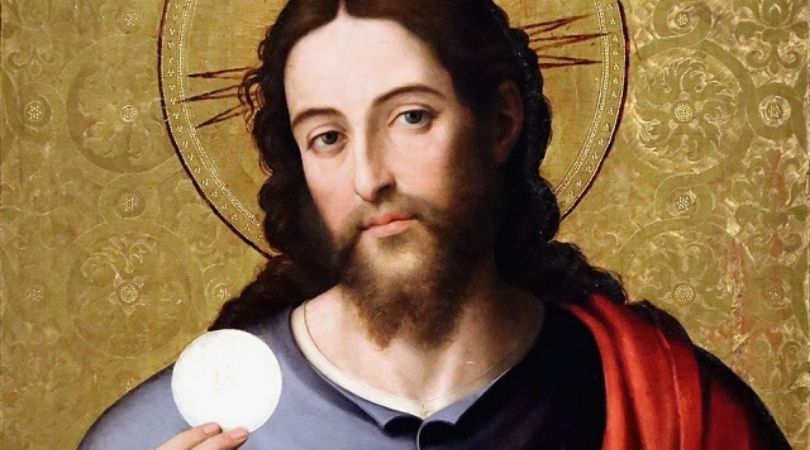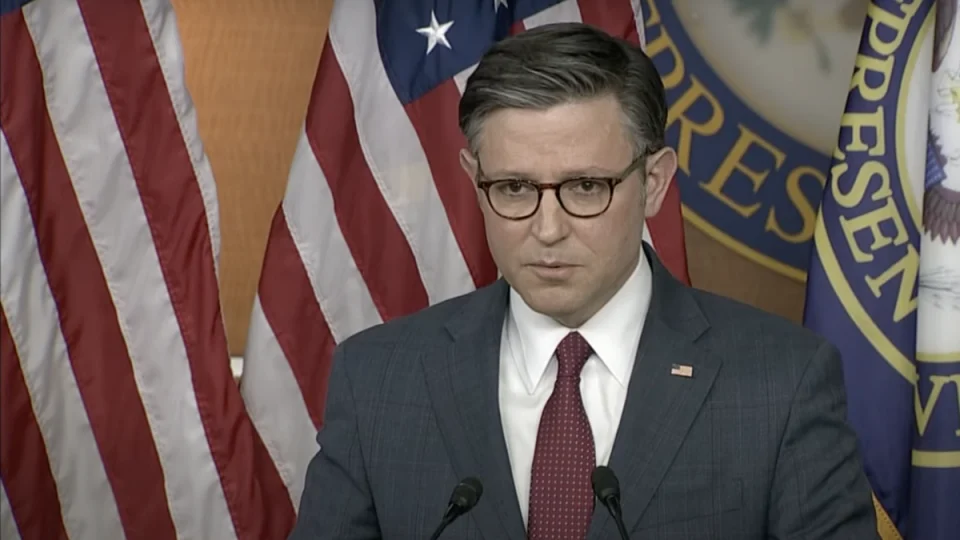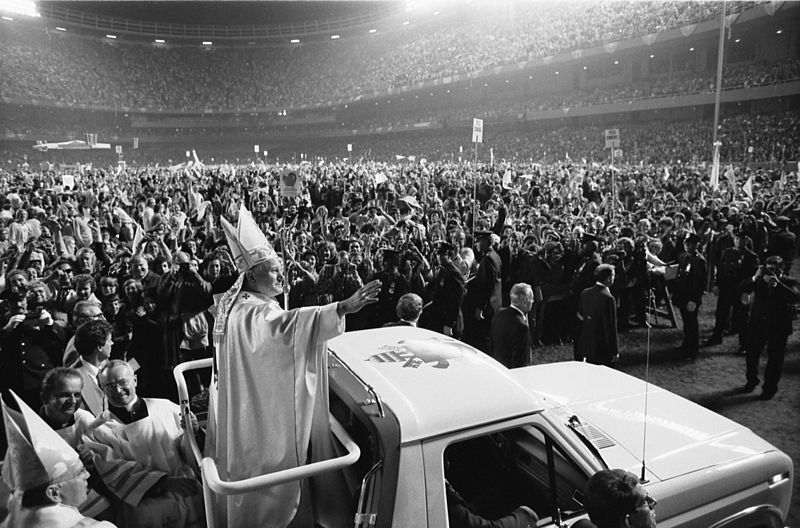Misrepresentation of Mediator Dei, Sacrosanctum Concilium, and Ratzinger/Pope Benedict XVI

Abp. Viganò: Pagan Modernity is Preparing a Scourge ‘Far More Disastrous’ Than the Flood
February 14, 2023
Daily Scripture Reading and Meditation: Beware of the Leaven of the Pharisees and Herod
February 14, 2023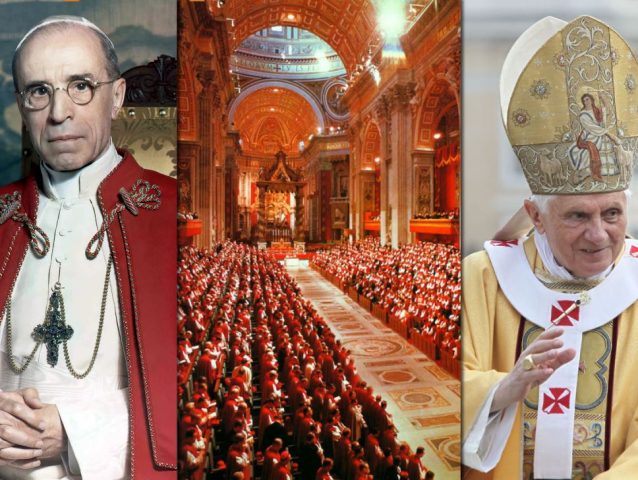
Part Two of a response to Cavadini, Healy, and Weinandy’s critique of the traditional Latin Mass.
By Janet E. Smith, Crisis Magazine, Feb. 13, 2023
Part I in this series identified several errors and misinterpretations made by Cavadini, Healy, and Weinandy (CHW) in their critique of the traditional Latin Mass (TLM). This second essay shows that CHW erroneously claim that Pope Pius XII’s encyclical Mediator Dei demonstrates that he would have supported the Novus Ordo (NO) and that they fail to show that the NO fails to follow the directives of Sacrosanctum Concilium and makes changes never called for by Vatican II. It also touches upon the meaning of “active participation.” Finally, CHW seem to have little knowledge of or appreciation of Cardinal Ratzinger’s defense of the TLM.
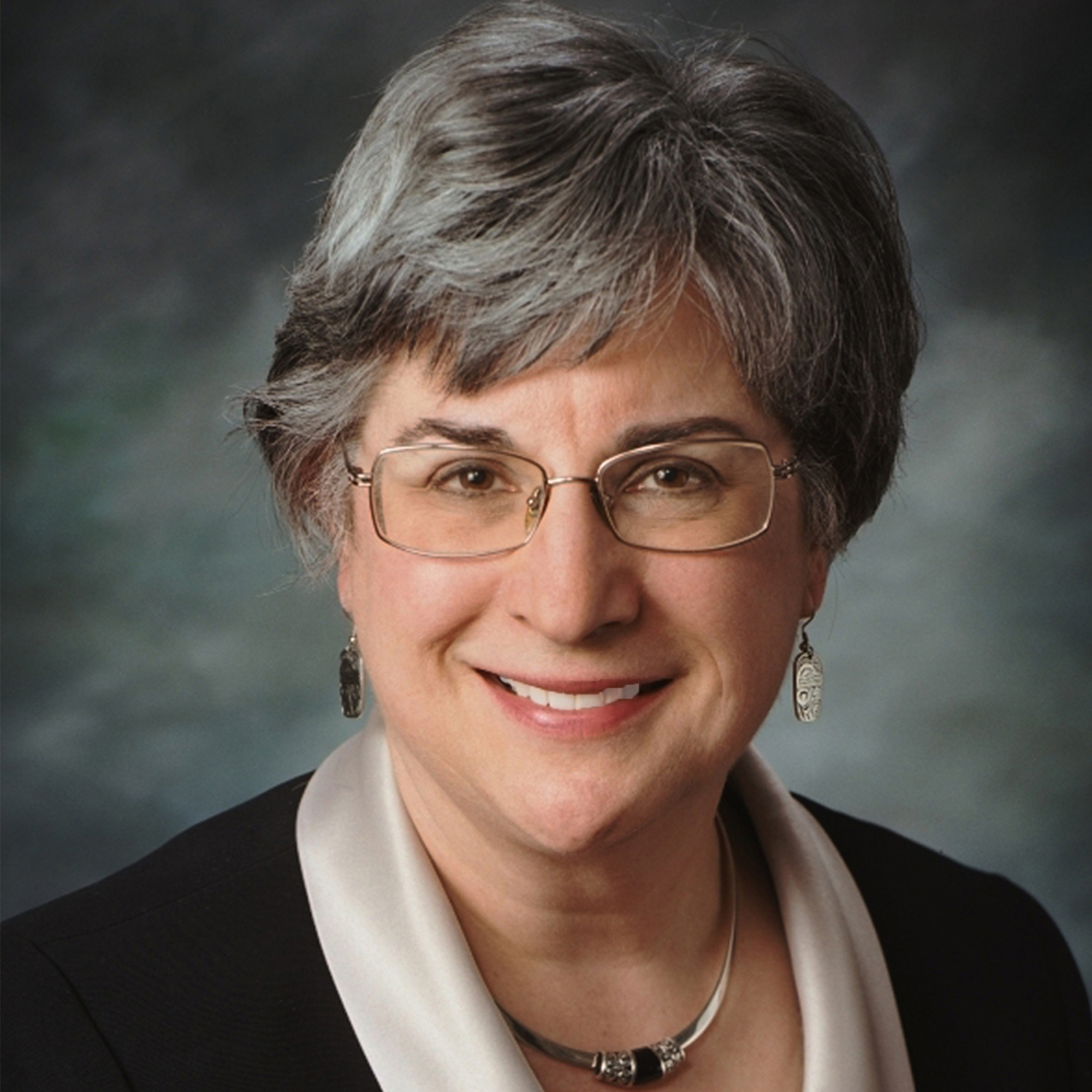
Very misleading is CHW’s claim that Pius XII’s encyclical Mediator Dei (1947) is “the highest magisterial endorsement of the liturgical renewal as found at that time.” The fact is it can hardly qualify at all as an endorsement of the whole of the Liturgical Movement; rather, it approves only a few recommendations of the Liturgical Movement (basically, a greater participation in the responses, prayers, and hymns) but overall is a vibrant endorsement of the TLM, which had regularly incorporated organic and appropriate changes. There is certainly no call in MD for a new rite of Mass. Indeed, for the most part, MD rejects the very changes the NO makes.
Consider this early passage in MD:
We observe with considerable anxiety and some misgiving, that elsewhere certain enthusiasts, over-eager in their search for novelty, are straying beyond the path of sound doctrine and prudence. Not seldom, in fact, they interlard their plans and hopes for a revival of the sacred liturgy with principles which compromise this holiest of causes in theory or practice, and sometimes even taint it with errors touching Catholic faith and ascetical doctrine. (§8) …


